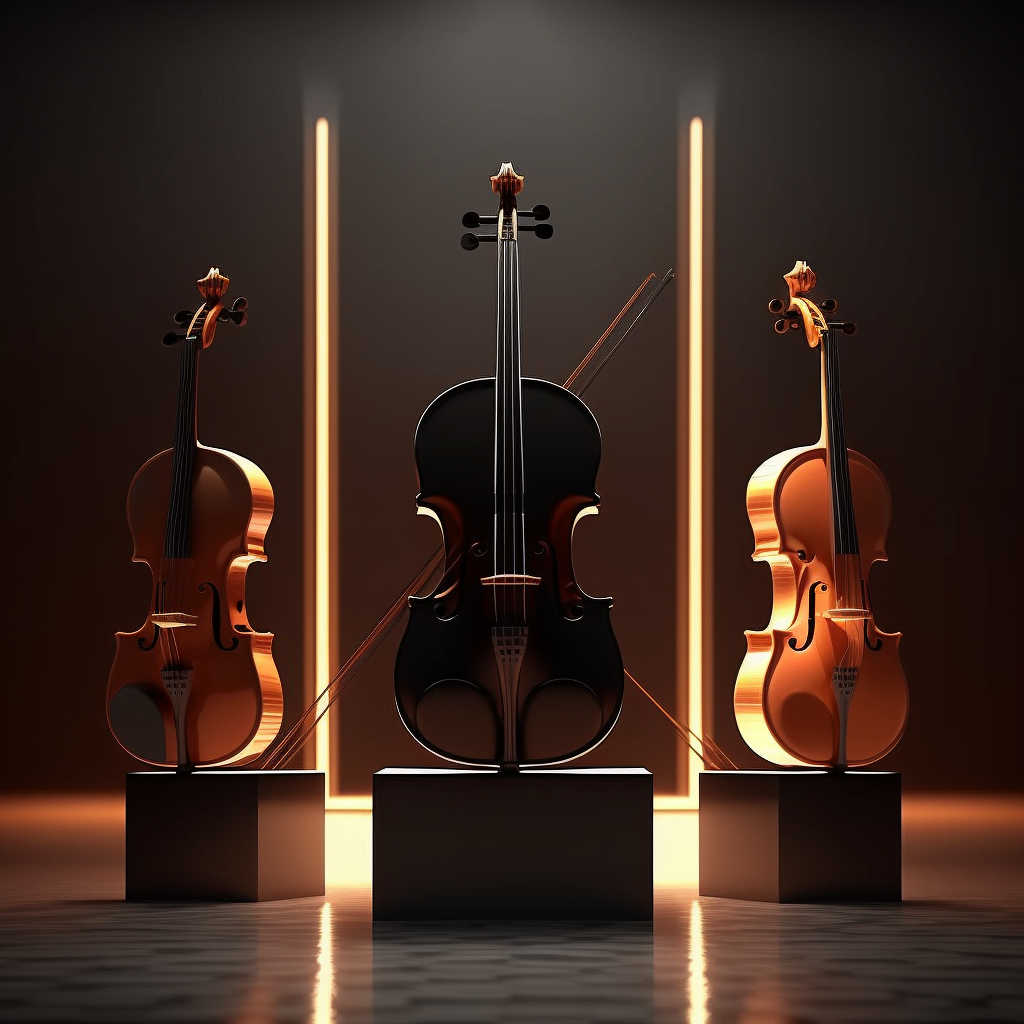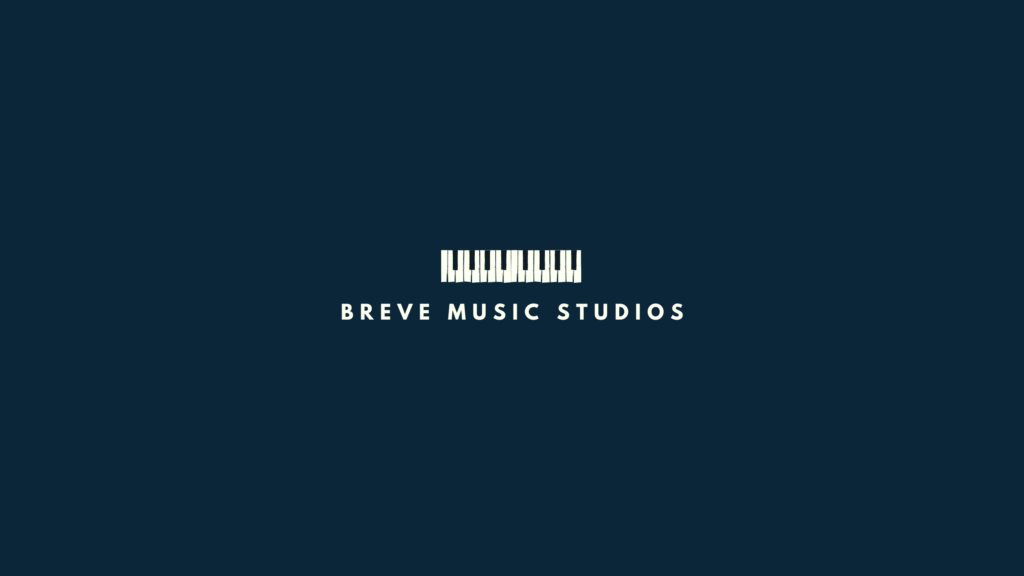Table of Contents
New Free E-Book: 15 Best Orchestral VSTs
Introduction To Cello VSTs
The cello is a beautiful and versatile instrument that has been a staple in classical music for centuries. With the rise of digital technology, cello VSTs have become an increasingly popular tool for composers, producers, and musicians looking to incorporate the rich sound of a cello into their music without the need for a physical instrument.
There are many cello VSTs available on the market, but finding the best one can be a daunting task. In this article, we’ll take a closer look at some of the more unique cello VSTs and explore their features, sound quality, and ease of use to help you make an informed decision.
5 Cello VSTs
Spitfire Solo Cello (Spitfire Audio)
Spitfire Audio is a well-known brand in the world of virtual instruments, and their Solo Cello VST is one of the best on the market. Recorded at the famous AIR Studios in London, the Solo Cello VST features a beautiful and expressive sound that captures the nuances and dynamics of a real cello.
One of the standout features of the Spitfire Solo Cello VST is its intuitive and easy-to-use interface. The instrument comes with a range of articulations and playing techniques, including legato, pizzicato, staccato, tremolo, and more, all of which can be easily accessed and controlled using the interface.
In addition to its impressive sound quality and ease of use, the Spitfire Solo Cello VST also comes with a range of customizable settings, including mic positions, reverb, and EQ, allowing you to fine-tune the sound to your liking.
Overall, the Spitfire Solo Cello VST is an excellent choice for composers and producers looking for a high-quality and versatile cello VST.
Session Strings Pro 2 (Native Instruments)
Native Instruments is another well-respected brand in the world of virtual instruments, and their Session Strings Pro 2 VST is a great option for musicians and producers looking for a versatile and customizable cello sound.
One of the standout features of the Session Strings Pro 2 VST is its flexible and customizable interface. The instrument comes with a range of articulations and playing techniques, including legato, pizzicato, spiccato, and more, all of which can be easily accessed and customized using the interface.
The Session Strings Pro 2 VST also features a range of customizable settings, including mic positions, reverb, and EQ, allowing you to fine-tune the sound to your liking. Additionally, the VST includes a range of pre-made presets, making it easy to get started and experiment with different sounds.
Overall, the Session Strings Pro 2 VST is an excellent choice for musicians and producers looking for a flexible and customizable cello sound.
Blakus Cello (Embertone)
Embertone’s Blakus Cello VST is a unique and expressive cello VST that is well-suited for solo performances and intimate compositions. Performed by cellist Samuel Blais, the Blakus Cello VST features a warm and expressive sound that captures the nuances and subtleties of a real cello.
One of the standout features of the Blakus Cello VST is its unique interface, which allows you to control the vibrato, dynamics, and other expressive elements of the sound. The instrument also comes with a range of customizable settings, including mic positions, reverb, and EQ, allowing you to fine-tune the sound to your liking.
Overall, the Blakus Cello VST is an excellent choice for composers and producers looking for a unique and expressive cello sound.
Agitato Grandiose Legato (8Dio)
8Dio’s Agitato Grandiose Legato is another excellent cello VST that is ideal for composers and producers looking for a realistic and expressive cello sound. The VST features a wide range of articulations and playing techniques, including legato, portamento, pizzicato, and more, all of which are designed to capture the nuances and dynamics of a real cello.
One of the standout features of the Agitato Grandiose Legato VST is its expressive and dynamic sound. The instrument features a range of dynamic layers and articulations, allowing you to create realistic and expressive performances. Additionally, the VST includes a range of customizable settings, including mic positions, reverb, and EQ, allowing you to fine-tune the sound to your liking.
Overall, the Agitato Grandiose Legato VST is an excellent choice for composers and producers looking for a realistic and expressive cello sound.
Eighty Eight Ensemble 2 (Sonivox)
Sonivox’s Eighty Eight Ensemble 2 is a comprehensive virtual instrument that includes a range of realistic and expressive sounds, including a beautiful cello sound. The cello sound included in the VST features a warm and rich sound that is well-suited for a range of musical genres, from classical to contemporary.
One of the standout features of the Eighty Eight Ensemble 2 VST is its easy-to-use interface. The instrument comes with a range of articulations and playing techniques, including legato, staccato, and more, all of which can be easily accessed and controlled using the interface. Additionally, the VST includes a range of customizable settings, allowing you to fine-tune the sound to your liking.
Overall, the Eighty Eight Ensemble 2 VST is an excellent choice for musicians and producers looking for a comprehensive virtual instrument that includes a range of realistic and expressive sounds, including a high-quality cello sound.

History of the Cello
The cello, also known as the violoncello, is a stringed musical instrument that belongs to the modern violin family. It has a rich and fascinating history that spans several centuries, evolving from its early origins into the versatile instrument we know today.
The origins of the cello can be traced back to the early 16th century in Italy. At that time, stringed instruments with frets, such as the viola da braccio and the viola da gamba, were commonly used. The viola da gamba, in particular, had a large body and six strings, and it was played vertically, resting on the legs of the musician. This instrument had a rich, warm tone and was used primarily in ensemble music.
Around the late 16th century, instrument makers in Italy began experimenting with different designs, gradually increasing the size of the body and reducing the number of frets. This resulted in the birth of the violoncello da spalla, a smaller cello-like instrument that was played on the shoulder, similar to the viola da braccio. However, it was not until the late 17th century that the cello, as we know it today, started to emerge.
One of the key figures in the development of the cello was the famous Italian luthier Andrea Amati. He is often credited with creating the first true cello in the early 17th century, with a design that featured a larger body, deeper ribs, and a shorter neck. This design allowed for a more sonorous and expressive tone, and it quickly gained popularity among musicians and composers of the time.
In the following decades, other luthiers such as Antonio Stradivari and Giovanni Battista Guarneri further refined the design of the cello, incorporating features such as a curved fingerboard, an angled bridge, and a soundpost to improve its playability and sound quality. These advancements made the cello more versatile and expressive, and it started to gain prominence as a solo instrument in addition to its role in ensembles and orchestras.
During the 18th and 19th centuries, the cello continued to evolve and gain popularity. Renowned composers such as Johann Sebastian Bach, Ludwig van Beethoven, and Pyotr Ilyich Tchaikovsky wrote significant compositions featuring the cello, which further elevated its status as a solo instrument. Playing techniques and performance practices for the cello also developed during this time, with virtuosic cellists such as Luigi Boccherini and Friedrich Dotzauer pushing the boundaries of the instrument’s capabilities.
In the 19th and early 20th centuries, the cello found its place in the modern orchestra, becoming an essential part of the string section along with the violin and viola. Orchestral compositions featuring the cello, such as Richard Strauss’ “Don Quixote” and Edward Elgar’s “Cello Concerto,” became iconic works that showcased the expressive and lyrical qualities of the instrument.
In the 20th century, the cello continued to evolve with innovations in construction, materials, and playing techniques. Cellists such as Pablo Casals and Mstislav Rostropovich gained international recognition for their virtuosic performances and interpretations of cello repertoire, pushing the boundaries of what was possible on the instrument.
Today, the cello is a widely used instrument in classical, jazz, and popular music genres, and it continues to be a source of inspiration for composers, performers, and music lovers around the world.
The history of the cello is a fascinating journey that spans several centuries, from its early origins as a smaller instrument to its emergence as a versatile and expressive instrument with a prominent role in solo, ensemble, and orchestral music.
Through the innovations of renowned luthiers, the compositions of celebrated composers, and the virtuosic performances of talented cellists, the cello has evolved into the instrument we know today. Its rich and warm tone, expressive capabilities, and versatility make it a beloved instrument among musicians and audiences alike. From its humble beginnings in Italy during the 16th century to its prominent place in the modern orchestra and its continuing influence in various music genres, the cello has a rich history that continues to shape the world of music today.
Conclusion
Choosing the best cello VST for your music production needs can be a daunting task because there are so many options available. However, by considering the sound quality, ease of use, and customization options, you can find a VST that meets your needs.
Additional Reading
Do you know how to collect all of your music royalties? If not, check out our article about SoundExchange vs SongTrust to learn what they do.
Looking for ways to build upon your orchestral VSTs? Read our article about the 10 of the top Woodwind VSTs.
Breve Music Studios publishes music to Spotify, YouTube Music, Amazon Music and more. Follow our pages on Facebook, Instagram, Twitter, TikTok, and YouTube.
Listen to our ensembles: Breve Orchestra, Breve Music Ensemble, Breve Low Brass Ensemble, Breve Woodwind Ensemble, and Jermaine Harris on Spotify.
